Van Buren Conservation District
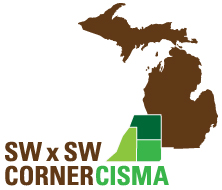
The Southwest by Southwest Corner Cooperative Invasive Species Management Area (CISMA) protects our shared natural resources from invasive species in Berrien, Cass, and Van Buren counties. We support community education and responsible management of invasive species.
An invasive species is one that is not native and whose introduction causes harm, or is likely to cause harm to Michigan’s economy, environment and human health. Species like poison ivy or Virginia creeper may not be our favorites, but they are native to Michigan, and play an important part in our environment!
Contact Alex Florian, Invasive Species Coordinator, to help with identification, reporting, and proper management by calling 269-633-9044 or emailing invasivesed@vanburencd.org.
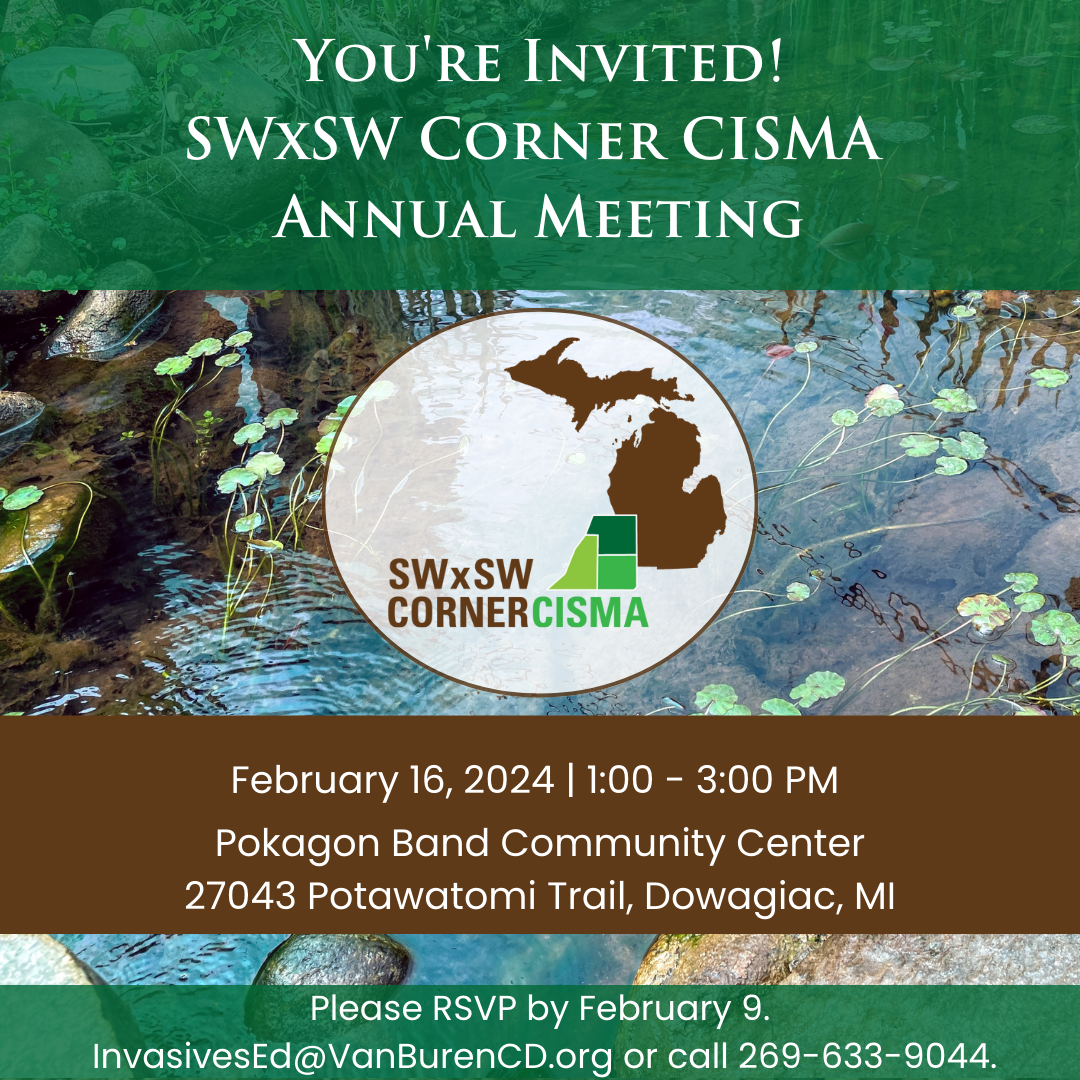
SWxSW Corner CISMA Annual Meeting
The SWxSW Corner CISMA is inviting partners and the community to join our annual meeting. Join us in person at the Pokagon Band Community Center.
It will be a great opportunity to meet your local invasive species education and management team, learn about our programs, and tell us about how invasive species impact you.
We are excited to feature Rob Miller from the Michigan Department of Agriculture and Rural Development as our keynote speaker to discuss spotted lanternfly in Michigan.
Friday, February 16, 2024, 1:00 PM – 3:00 PM
Pokagon Band Community Center, 27043 Potawatomi Trail, Dowagiac, MI
Free event with light refreshments provided.
Please RSVP by February 9th by clicking here or contacting CISMA Coordinator Alex Florian at invasivesed@vanburencd.org or calling 269-633-9044.
If it looks like the picture below, it’s a spongy moth (Lymantria dispar), formerly known as gypsy moth. Spongy moth is an invasive insect that is not native to North America. Even so, they have been established in Michigan for more than 40 years. There are a few characteristics to look for to identify spongy moth. They have blue and red spots going down the back, hairs along the side, and a yellow head with dark markings.
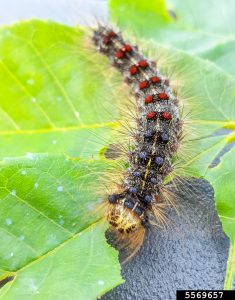
Image credit: Karla Salp, Washington State Department of Agriculture, Bugwood.org
Spongy moths are voracious feeders. They prefer to eat oak leaves, and in high numbers can completely eat the leaves off a forest of oaks. Other highly preferred host trees include aspen, willow, basswood, apple and crabapple. When most of the leaves on oaks or other preferred hosts are gone, the caterpillars may move to less suitable trees like maples. When they’ve exhausted all other options they may even feed on needles of spruce or white pine trees.
The good news is that oaks and other hardwood trees are able to survive this even complete defoliation. They will set a second set of buds and new leaves will begin growing, usually around mid-July. By then, the caterpillars will have finished their feeding. Oak trees do die sometimes, but that typically occurs only when the trees are already declining and stressed by other factors. Hardwood trees can tolerate at least 3 to 4 years of heavy feeding. After that, the density of the moth population will drop. Unfortunately, spruce, pines and other conifers are not able to grow back their needles, and can be killed if they lose almost all their needles.
No! Spongy moth populations are controlled by two diseases; one is a virus and the other is a fungus. These two diseases won’t completely eliminate spongy moths, but their densities will drop back to very low levels. The virus is particularly important for controlling outbreaks. It builds up in populations and by the third or fourth year of an outbreak, most caterpillars are likely to be infected and die. The fungus requires specific weather conditions in spring. Unfortunately, it takes a few years for the pathogens to build up enough to kill the moths. Most of the outbreaks in northern lower Michigan began collapsing in 2022 or 2023. In southwest Michigan, populations of spongy moths should crash in 2023 or at least in 2024.
Spongy moths are rarely a concern for woodlots and forests. Although a well-stocked woodlot can look bare for a few weeks after a heavy spongy moth infestation, most trees will recover. Trees that are already severely stressed by drought, disease, flooding, etc. then it is less likely to recover.
As noted above, spongy moth populations are naturally managed by two diseases, so in most cases, control measures aren’t necessary. If the moths are falling into the recreational or ornamental areas around your home, you may try to cut back their densities. In fall or winter you can scrape the spongy, tan colored egg masses into a bucket of soapy water and let them soak for a few days. You’ll probably only want to do this on a few trees near your house, as it can be a time consuming process. You can also wrap a band of burlap around the trunk of trees near your house in spring, when the caterpillars are small. Caterpillars do most of their feeding at night and will hide under the band during the day. You can knock the caterpillars off the tree and into a bucket of soapy water every day. While this is not practical for too many trees, it can help reduce spongy moth numbers on trees around your home.
A few insecticide options also exist, which are most effective in early spring when the caterpillars are still very small. More information about control options can be found at https://www.canr.msu.edu/ipm/Invasive_species/gypsy-moth/index
Visit the Michigan State University spongy moth website. Lots of information about the biology of spongy moths and options for managing them on your property is available at https://www.canr.msu.edu/ipm/Invasive_species/gypsy-moth/index
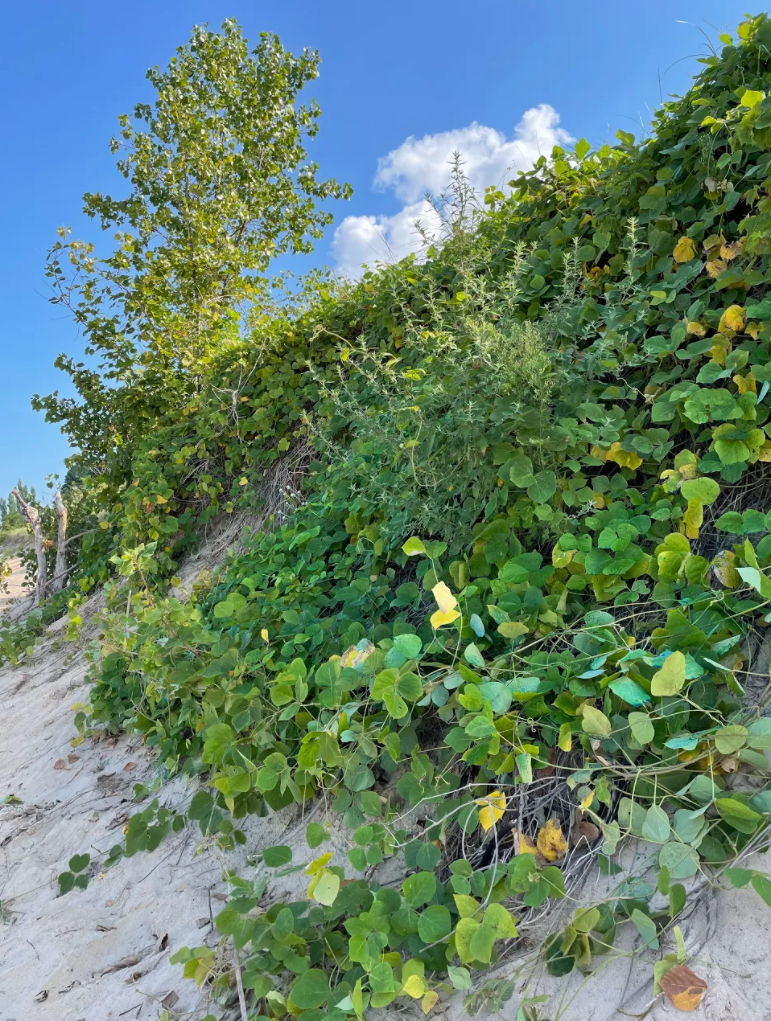
Mitigating Impacts of Early Species through Consistent Management
Through the Michigan Invasive Species Grant Program, the SWxSW Corner CISMA can provide management of the high priority invasive plants, Stiltgrass (Microstegium vimineum) and Kudzu (Pueraria montana), at no cost to the property owner.
There is currently one known population of Stiltgrass, and five known populations of Kudzu in Southwest Michigan. Management of these species is ongoing, and we are committed to the eradication of these species from our service area. For more information regarding these species and their identification, see the Stiltgrass or Kudzu profile on the Michigan Invasive Species Information Network website. If you know of locations where these plants can be found, please contact the Strike Team Coordinator, Abbie Bristol, by emailing or texting photos and details or by phone (269-633-9058) with questions.

Monitoring the Prohibited Aquatic Plant, Parrot Feather (Myriophyllum aquaticum)
The SWxSW Corner CISMA is collaborating with the Michigan Department of Environment, Great Lakes, and Energy (EGLE) to regularly monitor known Southwest Michigan populations of Parrot Feather (Myriophyllum aquaticum), a high-priority invasive aquatic plant that is new to Michigan.
This plant was brought to the United States as an aquatic ornamental plant, but can now be found in lakes and ditches with slow-moving water. It creates dense mats of vegetation that can interfere with recreation and creates habitat for mosquito larvae. When a piece of the plant breaks off, it easily spreads to new lakes on the wings of a bird, the paddle of a kayak, or the rotor of a boat. Parrot feather is listed on the Michigan Prohibited Aquatic Plant List and should therefore not be moved off-site if it is found. If you think you’ve seen this species, contact the EGLE Aquatic Invasive Species Program at EGLE-WRD-ANC@michigan.gov
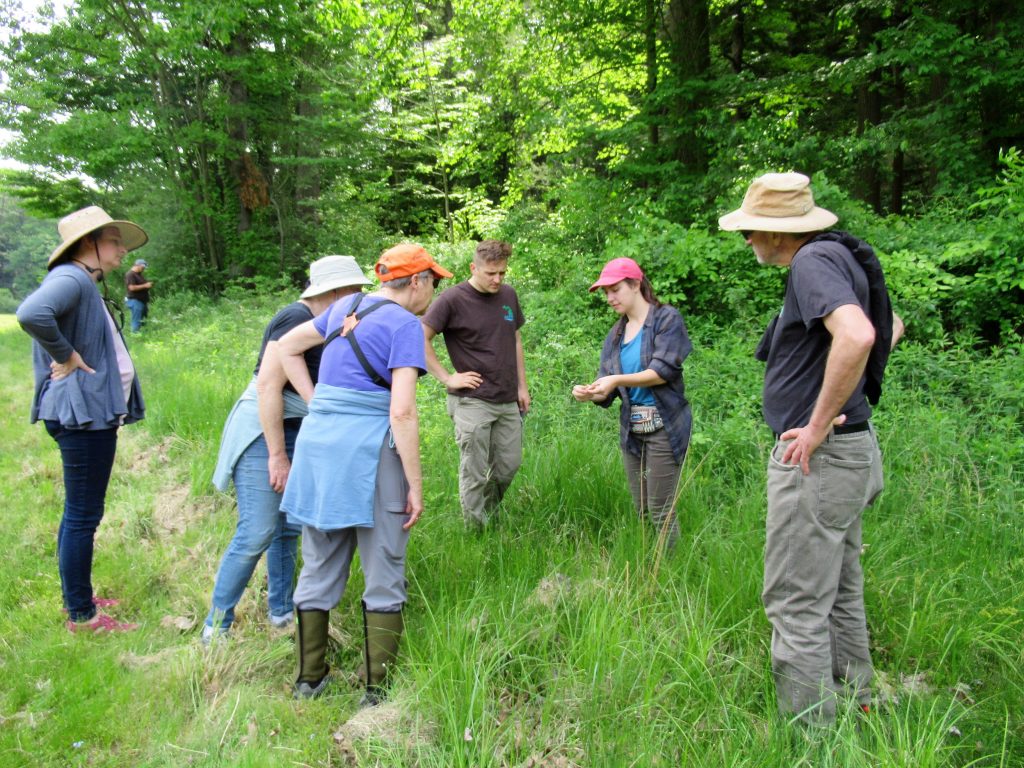
Outreach Events and Community Support
The SWxSW Corner CISMA is here to help you learn more about invasive species. We:
Have you seen a plant, animal, or insect that seems to be invasive? Snap a good picture or two and shoot us an email at invasivesed@vanburencd.org
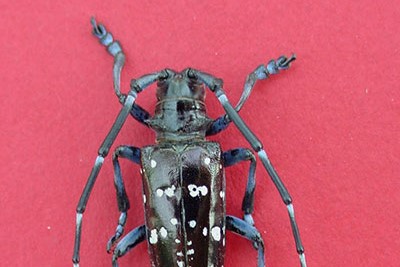
Asian Long-horned Beetle
Larvae feeds on the wood of many tree species including maple, poplar, willow, sycamore, and horse chestnut, eventually killing the tree
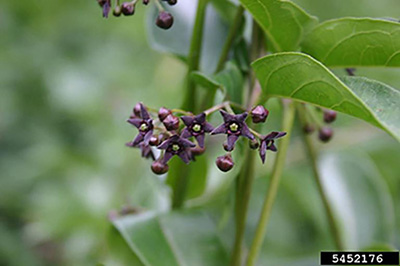
Black Swallowwort
A perennial vine with purplish-brown flowers; seedpods similar to milkweed plants
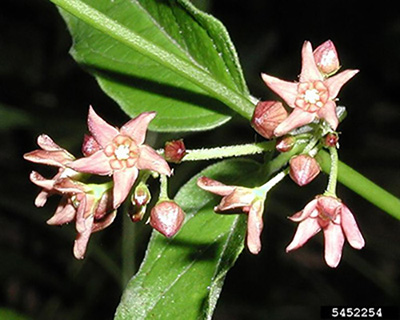
Pale Swallowwort
A perennial vine with purplish-brown flowers; seedpods similar to milkweed plants
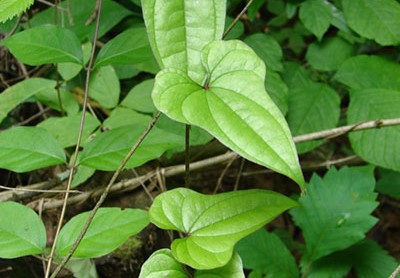
Chinese Yam
A slender vine that spiral counterclockwise with pointed, heart-shaped leaves
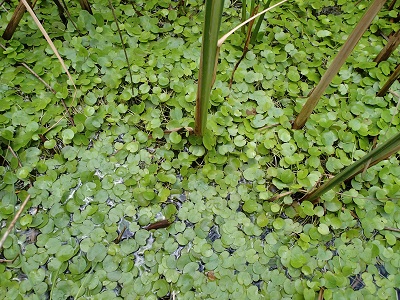
European Frogbit
A floating perennial plant that can form thick mats
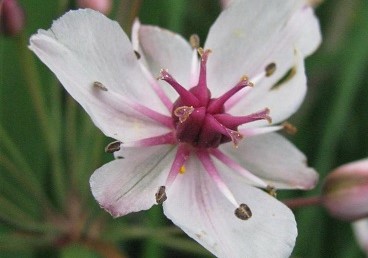
Flowering Rush
Grows 1-4′ along shores & shallows. Hard to identify when not flowering (blooms June – Aug.)
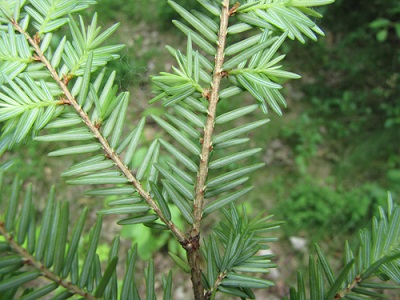
Hemlock Woolly Adelgid
Tiny insects secrete white wax as they feed on sap from hemlock shoots and branches. Hemlock woolly adelgid feeding can kill needles, shoots and branches
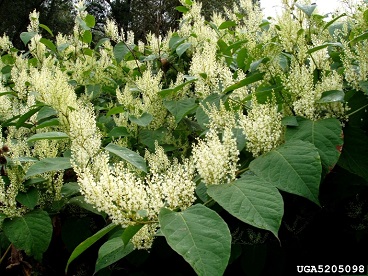
Japanese Knotweed
A fast-growing perennial with hollow, bamboo-like stems forming dense, leafy thickets, tolerate full sun exposure as well as deep shade
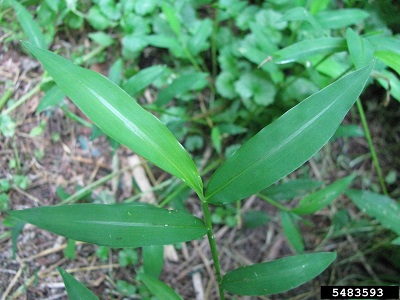
Japanese Stiltgrass
Resembles small, delicate bamboo. It grows 2-3 feet tall and has asymmetrical leaves that are pale green and lance-shaped. This grass generally grows in moist, rich soils
A Japanese Knotweed Herbicide Injection Tool is available for residents to borrow for proper fall treatment
Visit Equipment Rentals
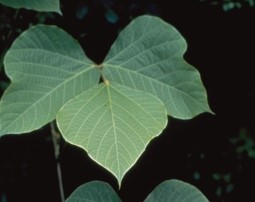
Kudzu
A vine that extends 32-100 feet, with up to 30 vines per plant. It has alternate, compound leaves with three broad leaflets and in late summer produces purple individual flowers that grow in upright clusters
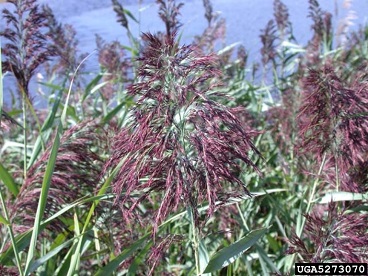
Phragmites
Also called Common Reed, a tall, perennial wetland grass with distinctive, fluffy seed heads
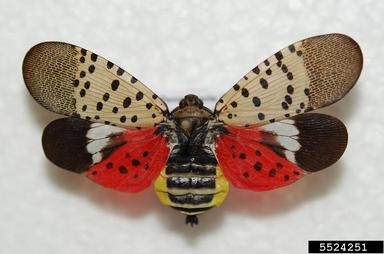
Spotted Lanternfly
Sucks sap from the stems and leaves of orchard trees, grape vines, oaks, pines and other host plants. Feeding can weaken the plant and eventually contribute to its death. Threes will develop weeping wounds that attract other insects and excreted fluids from spotted lanternflies can cause mold growth on plants
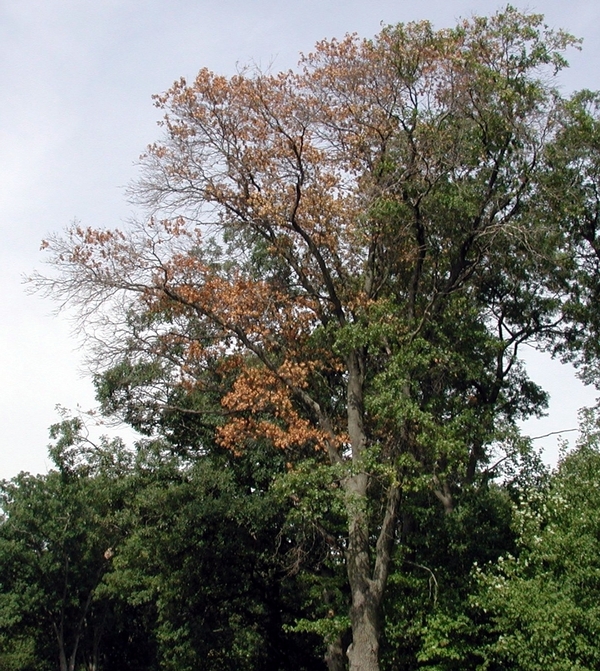
Oak Wilt
Oak wilt is a fungal disease that affects oak trees. As the name implies, oak wilt causes leaves of affected trees to wilt and turn brown.
Invasive species are easiest to manage when they are first introduced, since it is much easier to mange just a few plants, instead of acres of them. Because of this, Early Detection is key to protecting our resources! We lean on partners, residents, and citizen scientists to help report emerging species, since they see far more of the county than the CISMA ever will. When you spot invasive species, we encourage you to report them using MISIN!
MISIN, the Midwest Invasive Species Information Network, is program through MSU to help identify and map invasive species throughout the area. Using either the website or the phone app, you can report invasive species locations for managers and municipalities. Or, visit the website to look at what has been reported in your area!
*If you think you have an invasive species in your body of water, please contact the SWxSW Corner CISMA Coordinator by calling 269-633-9044 or emailing invasivesed@vanburencd.org.